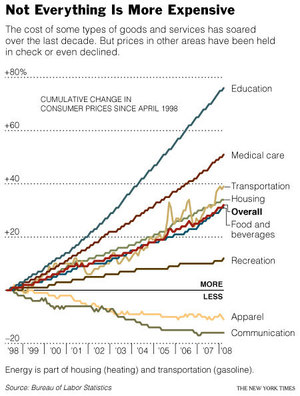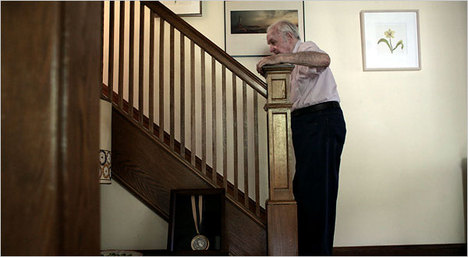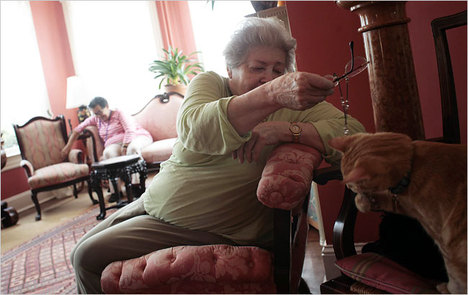(p. A1) Red wine may be much more potent than was thought in extending human lifespan, researchers say in a new report that is likely to give impetus to the rapidly growing search for longevity drugs.
The study is based on dosing mice with resveratrol, an ingredient of some red wines. Some scientists are already taking resveratrol in capsule form, but others believe it is far too early to take the drug, especially using wine as its source, until there is better data on its safety and effectiveness.
The report is part of a new wave of interest in drugs that may enhance longevity. On Monday, Sirtris, a startup founded in 2004 to develop drugs with the same effects as resveratrol, completed its sale to GlaxoSmithKline for $720 million.
. . .
(p. A16) Separately from Sirtris’s investigations, a research team led by Tomas A. Prolla and Richard Weindruch, of the University of Wisconsin, reports in the journal PLoS One on Wednesday that resveratrol may be effective in mice and people in much lower doses than previously thought necessary. In earlier studies, like Dr. Auwerx’s of mice on treadmills, the animals were fed such large amounts of resveratrol that to gain equivalent dosages people would have to drink more than 100 bottles of red wine a day.
The Wisconsin scientists used a dose on mice equivalent to just 35 bottles a day. But red wine contains many other resveratrol-like compounds that may also be beneficial. Taking these into account, as well as mice’s higher metabolic rate, a mere four, five-ounce glasses of wine “starts getting close” to the amount of resveratrol they found effective, Dr. Weindruch said.
Resveratrol can also be obtained in the form of capsules marketed by several companies. Those made by one company, Longevinex, include extracts of red wine and of a Chinese plant called giant knotweed. The Wisconsin researchers conclude that resveratrol can mimic many of the effects of a caloric-restricted diet “at doses that can readily be achieved in humans.”
For the full story, see:
NICHOLAS WADE. “New Hints Seen That Red Wine May Slow Aging.” The New York Times (Weds., June 4, 2008): A1 & A16.
(Note: ellipsis added.)











